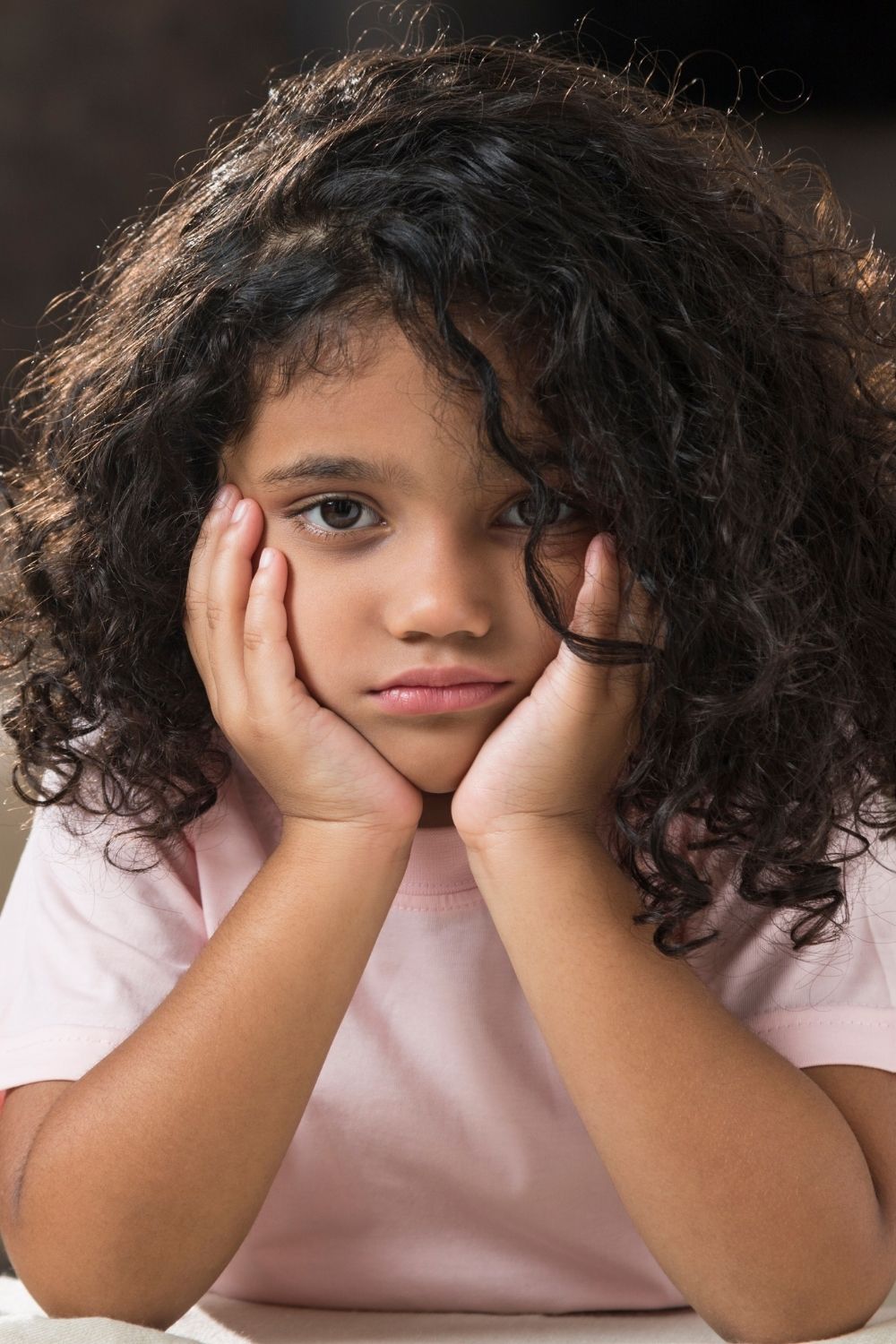July is Juvenile Arthritis Awareness Month
300,000 Kids in America Have Arthritis
This disease takes a unique physical and emotional toll on kids, often resulting in debilitating pain and feelings of loneliness or depression. Juvenile Arthritis (JA) can make it especially challenging for kids to say Yes — Yes to playing, Yes to hanging out with friends, Yes to spending time with family, Yes to being a kid!
Yes, Kids Get Arthritis
Most people don’t know that kids get arthritis. A child’s immune system is not fully formed until about age 18; so an “autoimmune” form of arthritis is especially aggressive in children, compromising their ability fight normal diseases and leaving them open to complications that may affect their eyes, bone growth, etc.
When JA first shows its symptoms in a child’s body, many parents write off swollen joints and fever as a flu bug, or think that a sudden rash might have occurred from an allergic reaction. The symptoms might even recede slightly before showing up again, sometimes delaying diagnosis for quite some time. After all, who expects a small child to have arthritis?
JA and related diseases in kids have some things in common with adult arthritis, but they’re not the same. Typically, there’s joint pain, swelling, redness and warmth. Otherwise, the many types of JA affect different kids in different ways. They can involve the eyes, skin, heart, lungs and gastrointestinal tract.
What To Look For:
Juvenile idiopathic arthritis can affect one joint or many. There are several different subtypes of juvenile idiopathic arthritis, but the main ones are systemic, oligoarticular and polyarticular. Which type your child has depends on symptoms, the number of joints affected, and if a fever and rashes are prominent features.
The most common symptoms are:
Pain.
Swelling.
Stiffness.
Fever, swollen lymph nodes and rash.
How To Help:
JA can make it hard to do schoolwork or take part in social and afterschool activities. Many kids with JA feel misunderstood and isolated. Some are bullied. At this moment there is no cure for juvenile arthritis.
The custom approach to the disorder is to control pain levels, reduce inflammation and maintain mobility, while in more extreme cases surgery is the only possible solution to prevent further joint damage.
Best Foods For Juvenile Arthritis
There’s no miracle diet for arthritis but adding these foods into your child’s diet may help ease their symptoms and manage their disease. This video is provided by the arthritis foundation.

